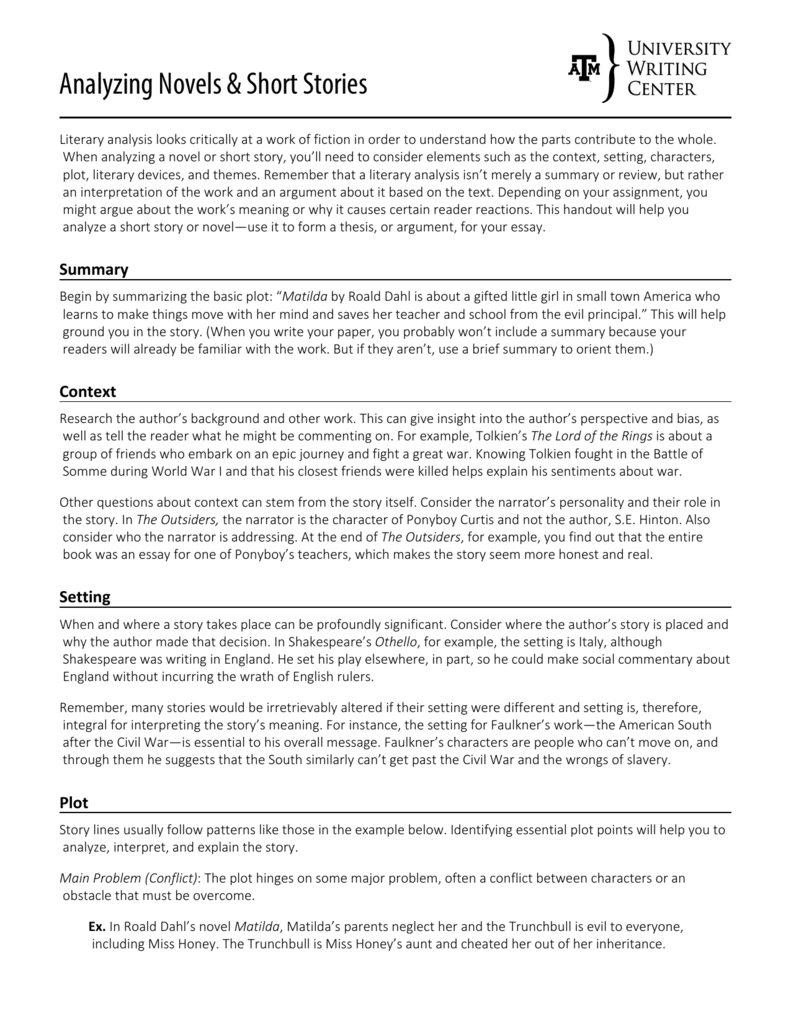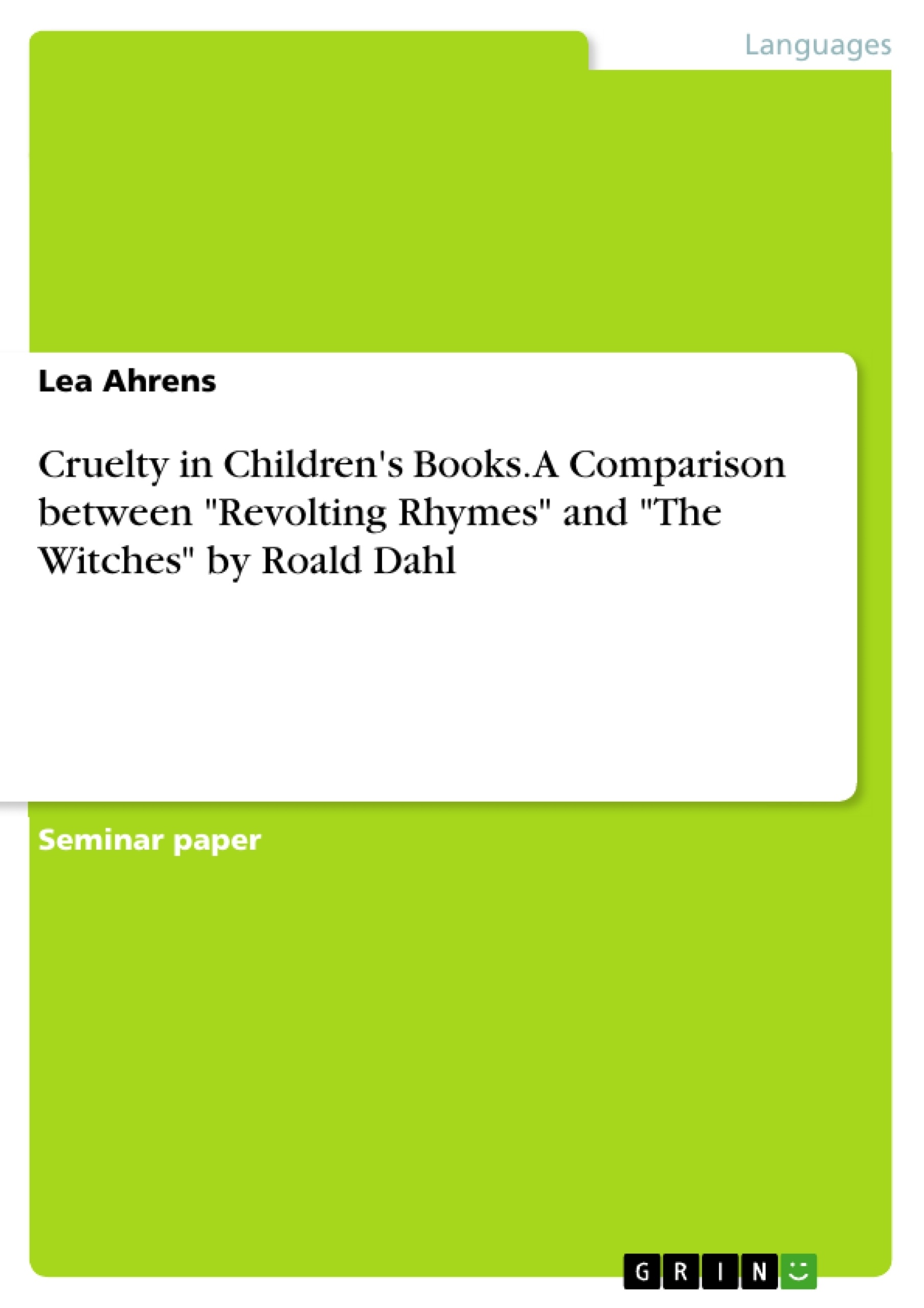


Imagination & inventionĭahl’s imagination never fails him, and he’s always urging his readers to be curious and come up with their own ideas. What are bumplehammers, snozzcumbers and crodscollop, do you think? Use the text to help you write definitions to create your own Gobblefunk Dictionary. The BFG’s vocabulary, for example, is so richly satisfying that it doesn’t seem to matter whether a word makes sense as long as it sounds good – and makes us laugh.ĭelve into the book to find as much wigglish as you can. “I is speaking the most terrible wigglish…”ĭahl loves language and so do his characters. Write about your character, making your descriptions as vivid as Dahl’s.Ģ. Or use other dressing-up items to create new characters: a friend for Mrs Wormwood or another giant, perhaps? Make a collection of clothes and props associated with Dahl’s characters, and use them to re-enact scenes from the books. List the characters in all three books, and look at the phrases Dahl uses to describe them. Read, enjoy and discuss The BFG, Matilda and Charlie and the Chocolate Factory as part of a shared reading for pleasure experience before taking your explorations further.ĭahl’s descriptions are detailed and vivid: the BFG wears a “dirty old leather waistcoat with no buttons” and Willy Wonka moves with “quick, jerky little movements…like a squirrel”. No wonder Dahl’s stories are so perennially popular! Getting into the texts In fact, the essential unreliability of adults is Dahl’s biggest and most serious idea, and something that holds a terrifying fascination for his readers.ĭespite this, Dahl’s world-view is essentially positive, and his children always triumph – assuming they use their imagination, mind-power and sheer exuberant anarchy, that is. The ‘runty’ BFG is bullied by his peers, poor hungry Charlie Bucket must behave decently while others succumb to selfishness and greed, and fearsomely intelligent Matilda is abused by her parents and headteacher – the very people who are supposed to be caring for her. But they also give their audience something of substance to bite down on and digest in order to mature and grow. Yes, his plots and characters are memorable, and yes, his stories are daringly (and cathartically) hilarious. It’s the quality of the ‘serious thinking’ beneath Dahl’s comedy that sets him apart. It’s easy to undervalue the role of humour in children’s books, but funny stories are important, not just because they’re entertaining but because – as Michael Rosen noted – “the underlying causes of the laughter are serious”. Who wouldn’t want to laugh at the expense of the powerful, especially when you’re small and powerless yourself? They’re also very funny, in a wild and subversive way beloved of children across the globe.

Dahl is a master storyteller and his books simply fizz with memorable characters and outrageous happenings.


 0 kommentar(er)
0 kommentar(er)
